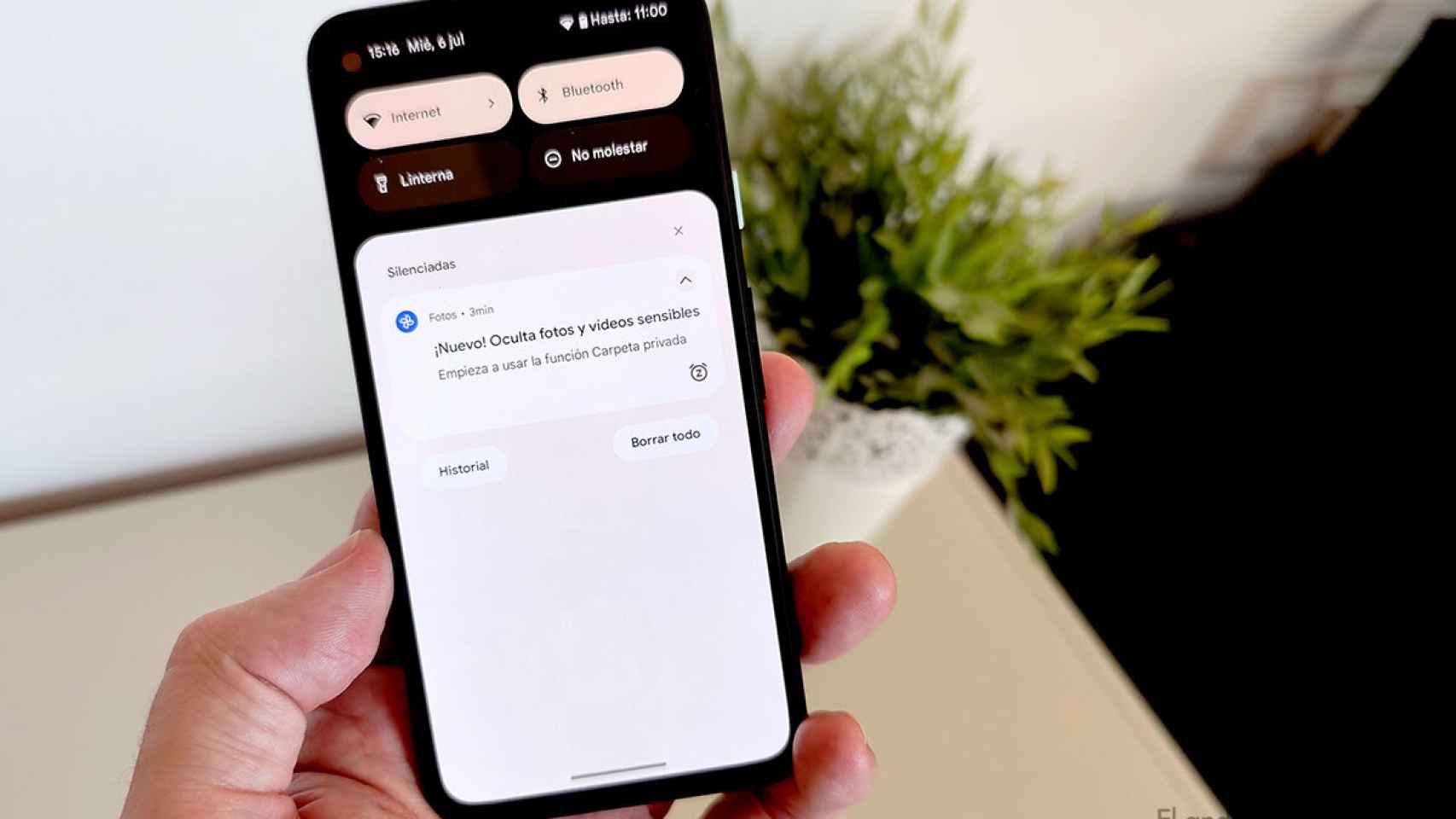With Android 10, APEX modules arrived as a new weapon to fight system fragmentation and enable Android mobiles receive critical component updates without going through the arduous path of a complete OTA: they are updated from Google Play.
Each new version of Android since then has added more updatable modules and this type of update has ended up being renamed to Google Play system updates, although they are still somewhat enigmatic, since not all mobiles have the same ones. We tell you which modules exist and how to know which ones are available on your mobile.
What are Core Modules
Google has been breaking down Android’s architecture for quite some time so that it’s no longer a hard block to update. One of its first attempts was via Project Treble on Android Oreo, and from Android Q system modules have arrived: Android components that can be updated via Google Play without the need for a full system update. This project was called [Project Mainline](mainline https://www.igamesnews.com/sistema-operativo/project-mainline-nuevo-invento-google-para-actualizar-parts-android-google-play) and therefore its modules are called mainline modules .
The idea is simple: Google and manufacturers can distribute updates faster and easier to users and in a less intrusive way. An example that Google puts in its documentation is to distribute changes in video codecs for a more consistent experience in new and less new versions of Android, as well as fixing specific errors without having to wait for the next update of security.

These modules correspond to the components of the system, including some in APEX format and others in APK format. APEX (acronym for Android Pony Express) is a new app packaging format created by Google entirely for this purpose, as normal APKs cannot be loaded before the system boots and are therefore not ideal for updating Android components.
These modules can be bundled and pushed as device updates via Google Play or OTA by the manufacturer. Even if a package includes updates for multiple modules, all or none are installed. In other words, if an error is detected in the update of one of these modules, no other of the same package is installed.
What modules exist today

Some modules are in APEX format, similar – but not identical – to APKs
Core modules started in Android 10 with a dozen modules, and later Android versions added more and more modules. As of today, there are 23 main modules, although it is foreseeable that with the next versions of Android the number will continue to grow. They are:
-
abdb. This module is responsible for managing the debugging sessions of the IDE and the adb command line. It was introduced in Android 11 and improved in Android 12.
-
ART. This module updates the ART, the system application execution environment. In Android 10 it was part of the Runtime module and is a separate module since Android 12.
-
Connecting to the captive portal. It is the application that is responsible for connecting to network portals. The module exists since Android 10.
-
Cell broadcast. Module related to certifications and tests of mobile networks. It has been around since Android 11.
-
Conscrypt. Module that accelerates security improvements and improves mobile security without relying on security updates. It was introduced in Android 10.
-
Device planning. It is the part of the system that detects whether the mobile is in use or not, in order to restart it without interrupting users. It was introduced in Android 12.
-
DNS resolver. It includes DNS address resolution logic and allows you to improve its performance and avoid associated security issues. It has been around since Android 10.
-
DocumentsUI. This is the Android document picker. It was introduced in Android 10.
-
External services. This add-on updates Android features such as notification sorting, autofill, storage cache, and other services that run continuously. It was introduced in Android 10 but controls more features in its successive updates.
-
IPsec/IKEv2 Library. This is the module responsible for managing the security of Wi-Fi, LAN and VPN networks in Android. It was introduced in Android 11.
-
Multimedia codecs. Mobile codecs. This mod was released in Android 10.
-
Media. Component that manages the processing of multimedia files in the mobile. It’s been around since Android 10, but it’s changed in Android 11.
-
media provider. It is responsible for optimizing the indexed metadata of mobile multimedia. It was included in Android 11.
-
Module Metadata This module contains metadata from other modules. It has been around since Android 10.
-
Configuring network stack permissions. Sets permissions that allow other modules to perform network tasks. It was added in Android 10.
-
Network components. Network components that include IP services, network connectivity monitoring, and detection of portals requiring login. It was added in Android 10.
-
NNAPI execution. It is the module that contains the Android neural network API to perform machine learning computational operations. It was included from Android 11.
-
PermissionController. Enables privacy policies and interface elements related to granting and managing permissions. It was included in Android 10, but increased its capabilities in later versions.
-
SDK Extensions. This module is responsible for deciding the device SDK extension levels and provides the APIs to query them. It was introduced in Android 11.
-
Statistics. A service that runs in the background to collect metrics. It was added in Android 11.
-
Sharing the line. Control the tethering service on the mobile, either by Wi-Fi, USB, Bluetooth or Ethernet. It’s been there since Android 11.
-
Time zone data. Allows time zones to be updated when there are changes. It has been around since Android 10.
-
Wireless. The module that contains Wi-Fi connectivity, so that changes or improvements can be implemented without the need to completely update the mobile. It has been around since Android 11.
How to know which ones my mobile supports

Modules available on a OnePlus with Android 12 and a Huawei with Android 10
To recap, core modules are basically parts of the system that can be upgraded separately. As such, it is interesting that our mobile has as many as possibleso that we can access the improvements of these modules whenever there is a change or a security patch.
To find out which modules your phone supports, you can use the free Mainline Updater app. The application is very simple because it has only two buttons. One of them opens the system section to check for new system updates from Google Play and the other shows the main modules of your mobile.
Main Update
The list only shows their names, but at least it will help you know which parts of your mobile’s Android can be updated separately and as part of Google Play system updates.
Table of Contents









